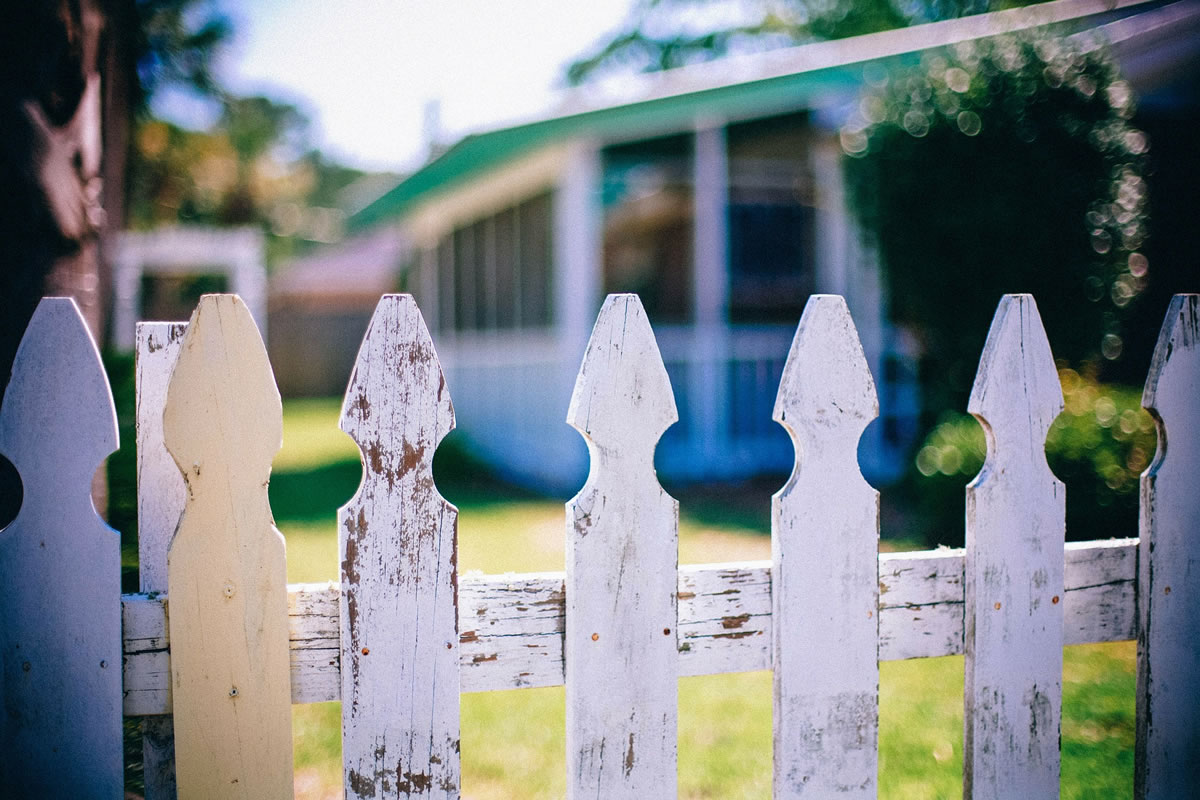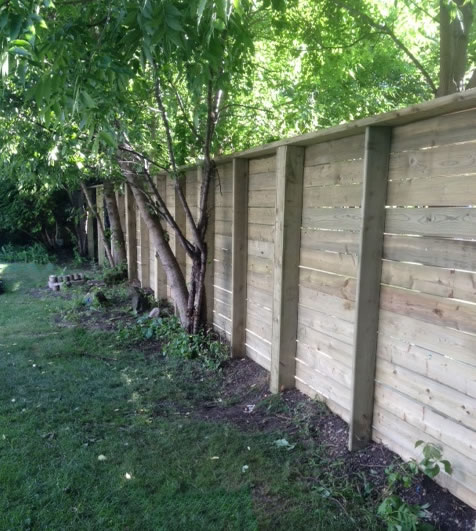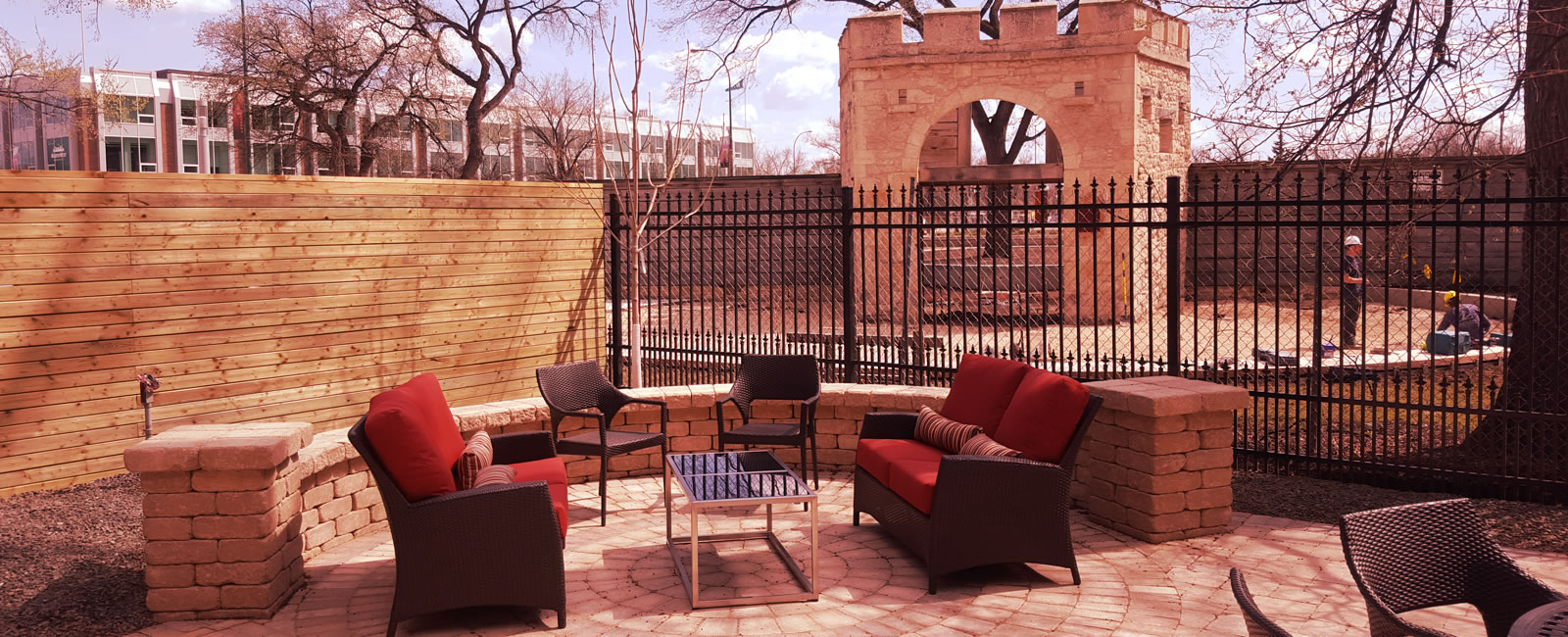Well, Whose Fence is it?

A fence is a great addition to your home. It protects your children and your pets, it gives you privacy, and it defines the boundaries of your property. As an existing fence ages, you may want to make changes to the fence. Whether it’s damaged and needs replacing, or you just want to change the look of the fence, you may need to answer the question: whose fence is it – yours, your neighbours’, or both?
Where is the boundary line?

Establishing the boundary line between the two properties is the first step to figuring out who owns the fence. Is the fence on your side of the line, or on your neighbours’? When the fence is built directly on the property line, that is called a boundary fence, and the fence belongs to both of you. If you are unsure where the line is, a land surveyor can measure your property to find the exact line. This will cost a little extra, but it will help you move forward with your fencing project, and may prevent future land disputes.
What side are the posts on?

The way the fence was built is also a good indicator of who owns the fence. If the fence posts are on your property, it is likely your fence. Generally, a fence is built with the posts on the inside of the owner’s land with the finished side facing the outside streets or neighbours. This adds to the outward appearance of your home, and is a good marker of ownership in the future.
Of course, when determining the ownership of an existing fence, the property line is still important to determine. There is no actual law stating which side the posts need to be on, so it may still be your neighbours’ fence, and if the fence is a boundary fence, what sides the posts are on is irrelevant.
How do I approach my neighbours about fence repairs?
If you are wanting to repair an old fence, or install a new fence, simply talk to your neighbours about it first. If the fence is on the boundary line, and you want them to share the costs, asking nicely is a good start. They might want to share the costs, or they might not, but having a calm and civil discussion is the first step to the process.
Be open to your neighbours’ inputs if it will affect their property. Even if the fence is on your property line, giving a heads up about any upcoming fence work is good fence etiquette, and will keep you and your neighbours happy.
What if my neighbours don’t want to change the fence?
If there is a fence already built that sits on the property line that needs to be repaired, there is a possibility you will want to change it, but your neighbours will not. Instead of paying for a jointly-owned fence by yourself, you can erect your own fence just inside the fence line to hide the old fence.
However, if you really want to repair the existing fence, talk to your neighbours about waiving their rights to the fence. If they are willing to do so, make sure to get their agreement in writing to avoid future confusion, and to leave you free to make the changes you see fit.
What if there isn’t a fence built yet?
If there isn’t an existing fence, and you are wanting to build one, discuss you plans with your neighbour. Maybe they were thinking about building a fence too. If they want to share a fence, you can work together to find a fence option that you both like and are willing to share the costs on. If your neighbours do not want to pay for a new fence, building the fence just inside your side of the property gives you full ownership and the freedom to build whatever fence you want.
If you have questions or concerns about where you can build your fence, contact Wallace + Wallace Fences and Doors or your local fence expert today for help.
A beautiful fence can be a great addition to your home and to your neighbourhood. Making sure your neighbours are part of the conversation and decision process will keep you both on good terms and satisfied with the final product.
